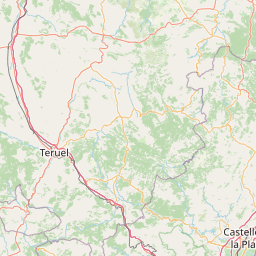JavaScript is disabled for your browser. Some features of this site may not work without it.
Buscar en RiuNet
Listar
Mi cuenta
Estadísticas
Ayuda RiuNet
Admin. UPV
La restauración del claustro de la Catedral de Barcelona: recuperar el vínculo entre arquitectura, vegetación y agua
Mostrar el registro completo del ítem
Bassa Garrido, V.; Vives De Delàs, R. (2021). La restauración del claustro de la Catedral de Barcelona: recuperar el vínculo entre arquitectura, vegetación y agua. En I Simposio anual de Patrimonio Natural y Cultural ICOMOS España. Editorial Universitat Politècnica de València. 323-330. https://doi.org/10.4995/icomos2019.2020.11738
Por favor, use este identificador para citar o enlazar este ítem: http://hdl.handle.net/10251/160194
Ficheros en el ítem
Metadatos del ítem
| Título: | La restauración del claustro de la Catedral de Barcelona: recuperar el vínculo entre arquitectura, vegetación y agua | |
| Autor: | Bassa Garrido, Victoria Vives de Delàs, Roser | |
| Fecha difusión: |
|
|
| Resumen: |
[EN] Cloisters are often transition spaces between the interior and exterior of the temple, and, especially in the
Cathedral of Barcelona, clearly linked to the city, were once the vital center of these heritage sites. ...[+]
[ES] Los claustros, a menudo espacios de transición entre el interior y el exterior del templo, y, de forma especial en la Catedral de Barcelona, claramente vinculado a la ciudad, fueron en su momento el centro vital de ...[+]
|
|
| Palabras clave: |
|
|
| Derechos de uso: | Reserva de todos los derechos | |
| ISBN: |
|
|
| Fuente: |
|
|
| DOI: |
|
|
| Editorial: |
|
|
| Versión del editor: | http://ocs.editorial.upv.es/index.php/icomos_es/icomos2019/paper/view/11738 | |
| Título del congreso: |
|
|
| Lugar del congreso: |
|
|
| Fecha congreso: |
|
|
| Tipo: |
|





















